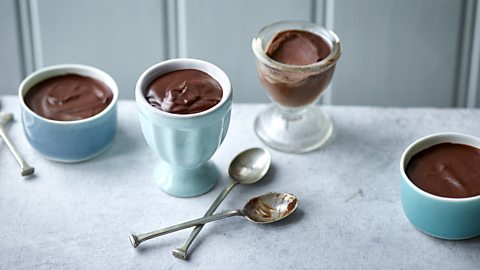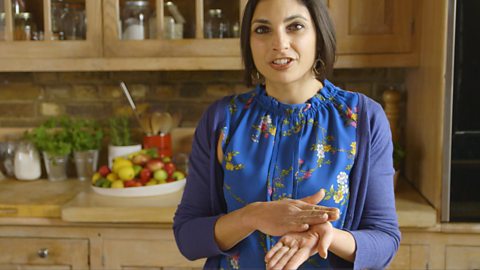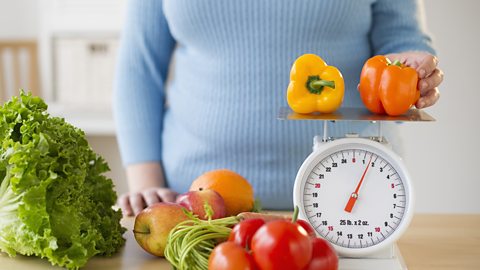30 microwave meals that are actually healthy
We buy almost 80 million ready meals a week in the UK, but the humble microwave can be used for so much more than reheating leftovers and cups of tea. You can microwave lots of quick, homemade meals that are much healthier than the infamous 'microwave meal'.
The good news doesn't stop there. Contrary to popular belief, the microwave preserves more nutrients than traditional cooking methods such as boiling or roasting, thanks to the shorter cooking time.
Before you start cooking up a storm, pay attention to the strength and age of your microwave. The recipes below are tested in an 800W microwave. If your microwave is less powerful than this, you may need to cook the food for longer. If it's more powerful, you will need to reduce the cooking time slightly or start checking your food earlier. Even the best microwaves can cook food unevenly, so ensure all your food is cooked through.
Eggs
Need breakfast on the go or in a hurry? The microwave is your best friend. Eggs are among the most versatile ingredients when it comes to a microwaved breakfast.
Poaching eggs is a revelation. Pour boiling water into a microwave-safe bowl or mug and crack an egg into it. Microwave for 30 seconds, then check if the white is cooked (carefully swirl the water around and if the white breaks apart, microwave for another 10 seconds until cooked). Leave to stand for 30–60 seconds, then remove the egg with a slotted spoon.
'Fried' eggs made in the microwave may sound ridiculous, but have faith! Microwave a knob of butter on a microwave-safe plate until melted. Crack over an egg, pierce the yolk with the end of a sharp knife (IMPORTANT!*) and microwave for 45 seconds, or until the white has cooked.
Scrambled eggs are super easy. Crack a couple of eggs into a microwave-safe bowl, whisk well, season and pop in the microwave for 30 second bursts, stirring occasionally. The key to getting soft, fluffy eggs that aren't rubbery is to take them out of the microwave before they look ready to eat, as they will continue to cook.
Omelettes are great made in the microwave. Grease a lipped microwave-safe plate with melted butter, then follow the same method as for scrambled eggs, but change the microwaving time to 45–60 seconds. Set aside for a minute when almost cooked. Do not overcook or you will have a rubbery omelette.
Never microwave a whole egg or 'fried' egg without piercing the yolk first or, or it's likely to explode and make a mess of your microwave. You can buy clever devices that pierce the yolk of a whole egg to create a 'boiled' egg, but do not try this without the right equipment.
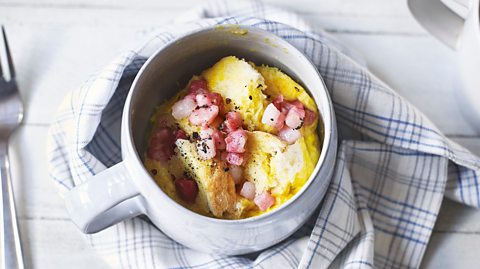
Pasta
A simple, mess-free way to cook pasta.
Immerse your pasta in salted, boiling water, ensuring you use a heat- and microwave-safe container. You don't need a lid.
Stir in a splash of oil to stop the pasta from sticking together.
Add 3–4 minutes to the suggested cooking time – then you can get forget about it and get on with other things!
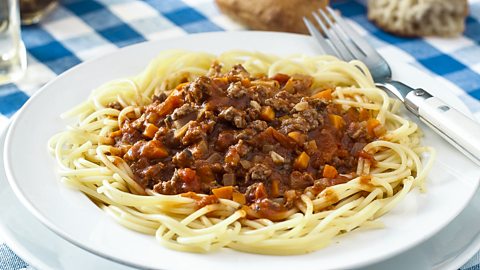
Rice
The microwave gives satisfying, fluffy rice right every time. It's quicker than using a rice steamer, but produces similar effects. You can use any white rice, from quick-cook to jasmine or basmati (brown rice can still take up to 30 minutes to cook).
How to make really nice rice
- Rinse the rice until the water runs clear. This removes some of the starch that makes it sticky.
- Pour over enough cold water to cover the rice by 2.5cm/1 inch (or roughly to the first knuckle on your index finger).
- Microwave for 10–12 minutes, checking after 6–7 minutes to see if it needs more water.
Bacon and cheese
Microwaving bacon and cheese may sound wrong, but it is so, so right!
Microwaved bacon is mess-free and gives crispy results. Place your bacon between two sheets of kitchen paper on a microwave-safe plate and microwave in 30-second bursts, until cooked. The bacon will continue to crisp up as it cools. You can even layer up bacon using kitchen paper between slices, to feed a crowd! Make sure your microwave is suitable for putting kitchen paper in and that the paper is microwave-safe.
Microwaving chorizo is addictive. It tastes amazing stirred into pasta, put into sandwiches or eaten as finger food. Make sure you remove any metal staples at the ends before cooking.
Tasty, tasty halloumi. Cook halloumi slices in the microwave for 1 minute and they will soften up (become less squeaky) and be perfect for sandwiches. They won't brown like they do in a frying pan, but it's a good compromise.
Fish and chicken
Fish and chicken can be microwaved in less time than it takes to bake or fry them.
Microwaving fish
The method you choose for microwaving fish will depend on the fish you're cooking and the dish you're making, but poaching and steaming produce the best results. White fish is good steamed in parcels of baking paper (en papillote, if you will), while it's best to poach salmon or other fatty fish in the sauce you'll be serving it with.
Always rest the fish for a few minutes before checking it is cooked, as some varieties, such as salmon, may spit a little. If it's not cooked, microwave it in 30-second or 1-minute bursts until cooked through.
You can cook fish from frozen in the microwave, but this may double the cooking time.
Microwaving chicken
When microwaving chicken it needs to be covered, with a gap for steam to escape. Place the chicken in a microwave-safe bowl and cover with cling film pierced with a skewer or the tip of a knife.
Over-microwaved chicken is very unforgiving. Microwave power varies dramatically, so pay attention to the cooking time and start checking your chicken a few minutes before it is due to be done.
Return any chicken that is still pink on the inside to the microwave for 1–2 minutes. Eating raw meat can cause illness and even the best microwave may heat food unevenly, so make sure that all parts of the chicken are cooked through. A meat thermometer can help with this.
Chicken breasts cook much more quickly than bone-in chicken, such as thighs and drumsticks.
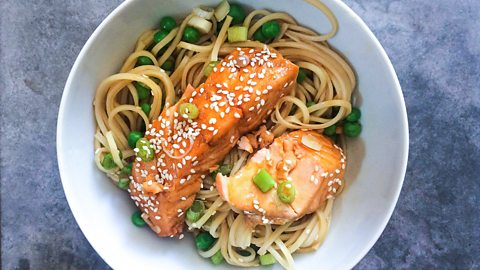
Easy puds
Microwave puddings can be healthier than shop-bought and can save you cash!
